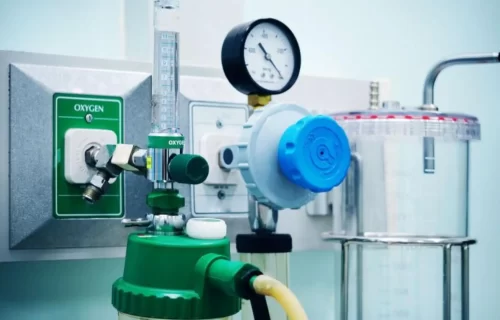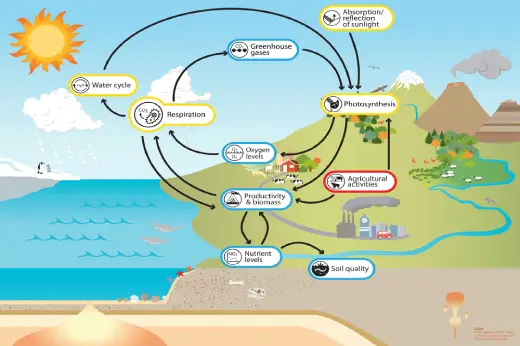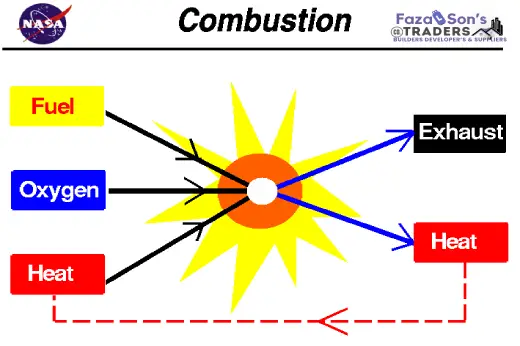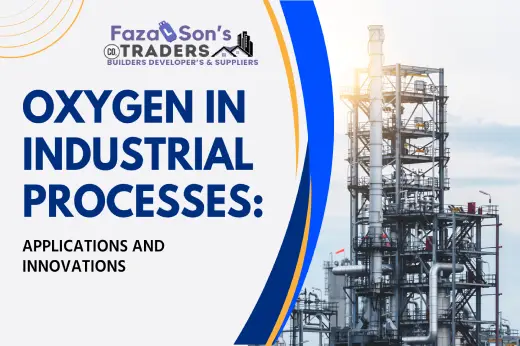Exploring the Mysteries of Oxygen Gas
Oxygen, a fundamental element for life on Earth, plays a crucial role in sustaining various forms of life. This odorless, colorless, and tasteless gas is not only essential for respiration but also has diverse applications across industries. In this article, we will delve into the properties, significance, and applications of oxygen gas.

Properties of Oxygen Gas
O2 is the chemical symbol for oxygen, which is a diatomic molecule. It is the eighth element in the periodic table due to its atomic number of 8. Being a highly reactive gas, oxygen can combine with practically any element to produce compounds. The essential process of cellular respiration, in which organisms use oxygen to make energy, is made possible by its molecular structure.
Explore More Features

Importance in Respiration
The respiration process is where oxygen is most often recognized to be used. Oxygen is necessary for the oxidation of organic molecules, which produces energy for aerobic organisms like humans. The release of energy from food is made possible by oxygen, which is inhaled through the respiratory system. Oxygen attaches to hemoglobin in red blood cells and is carried to cells throughout the body.

Oxygen and Combustion
Oxygen also plays a crucial role in combustion reactions. In the presence of oxygen, substances can burn or oxidize, releasing energy in the form of heat and light. This property makes oxygen a key component in various industrial processes, including metal smelting, combustion engines, and various forms of energy production.

Medical Applications
A frequent medical procedure called oxygen therapy is used to improve the body’s oxygen supply and treat respiratory disorders. Patients in hospitals are given oxygen through masks or nasal tubes to help them breathe, especially during surgery or in cases of respiratory distress. People with long-term respiratory disorders can also receive oxygen via portable oxygen tanks.

Industrial and Commercial Uses
In addition to being essential for breathing, oxygen is widely used in many other industrial processes. It is an essential part of the metal cutting and welding operations because the oxygen’s high reactivity facilitates the material’s burning. Furthermore, oxygen is used in the fabrication of chemicals, steel.

Space Exploration
Oxygen is a key consideration in space exploration. In spacecraft, it is essential for life support systems, ensuring astronauts have a breathable atmosphere. Additionally, liquid oxygen serves as a powerful oxidizer in rocket propellants, facilitating the combustion of fuel for liftoff.

Environmental Impact
About 21% of the air we breathe is made up of oxygen, which is essential to the Earth’s atmosphere. Maintaining an environment that is habitable for living things depends on the balance of oxygen and other gases. This delicate equilibrium can be impacted by human activities.
Conclusion:
The unsung hero of life on Earth, oxygen is an amazing element with a wide range of applications. Oxygen has a wide range of vital uses, including promoting industrial operations, facilitating space travel, and aiding in cellular respiration. Achieving a sustainable use of this extraordinary gas for the benefit of present and future generations requires us to balance our continued exploration and harnessing of its potential.






